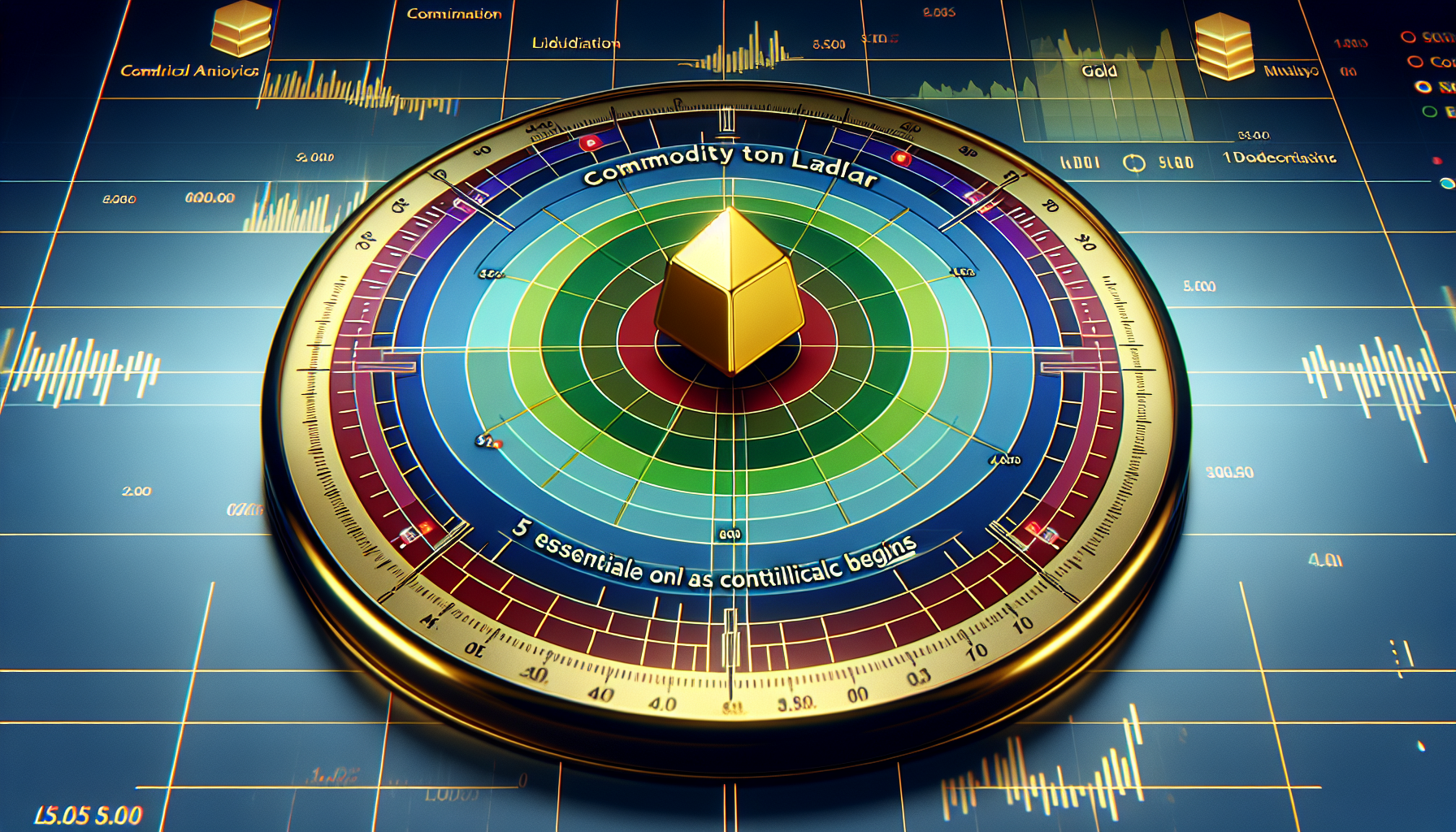
Consequences of US-China trade frictions on gold market prices
The rise and fall of US-China trade frictions have significantly influenced the gold market, a trend that experienced investors have learned to expect. As discussions regarding trade between these two economic giants display signs of relief, the short-term effects on gold prices have been rather subdued. This can be attributed to the fact that gold, frequently regarded as a safe-haven investment, generally responds favorably to geopolitical instability. Nonetheless, with the recent easing of tensions, the necessity for gold as a protective measure has slightly declined, resulting in prices stabilizing instead of soaring.
For those carefully observing the commodity market, especially in Australia, these changes are pivotal. The diminished conflicts between the US and China indicate a more stable global economic landscape, which usually results in reduced fluctuations in gold prices. This stability is evident in the recent behavior of gold futures, where price movements have been constrained, reflecting a cautious optimism among market participants.
Additionally, the complex interactions between these countries affect not only gold but also a wide range of commodities, influencing various factors from currency values to stock market dynamics. Consequently, Australian investors must stay alert, recognizing that although the present trade truce may provide temporary relief, the core issues remain unresolved, and any resurgence in tensions could potentially lead to an increase in gold prices once more.
Examination of U.S. employment report and its impact on Federal Reserve strategies
The recent U.S. employment report has introduced a new variable into the commodity markets, particularly shaping forecasts around Federal Reserve strategies. The strong job figures have painted a picture of a robust economy, which has moderated expectations for substantial interest rate reductions by the Federal Reserve. For gold investors, this news holds significant weight as interest rates directly influence the opportunity cost of holding non-yielding commodities like gold.
Regarding the Australian market, the implications of this report are complex. A strong U.S. labor sector implies sustained economic strength, potentially leading to a more robust U.S. dollar. This situation usually applies downward pressure on gold prices, as a stronger dollar makes gold pricier for foreign currency holders. Therefore, Australian investors need to evaluate the likelihood of currency shifts and their effects on gold valuations.
Moreover, the expectation of a more cautious approach by the Federal Reserve concerning interest rate adjustments indicates that the prior bullish outlook on gold, spurred by hopes for reduced rates, may require recalibration. Investors should take into account the potential for a more stable interest rate setting, which could foster a more predictable direction for gold prices in the short term.
As the market processes these employment data, attention will shift to forthcoming Federal Reserve sessions and any indications regarding potential adjustments in monetary policy. For those engaged in the commodity markets, particularly in Australia, it will be essential to closely monitor these developments to adeptly navigate the intricacies of gold investment strategies.
